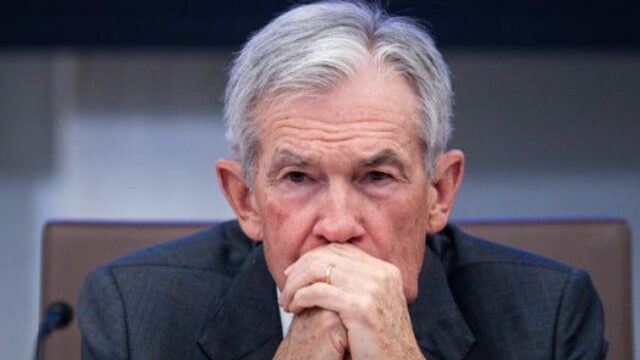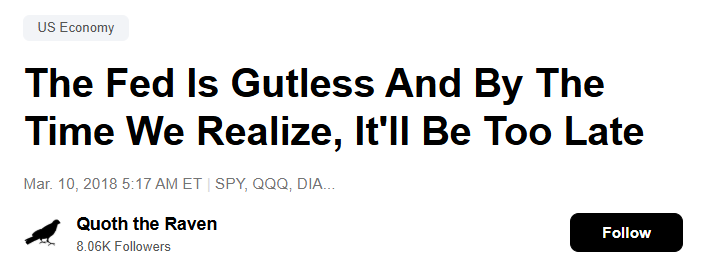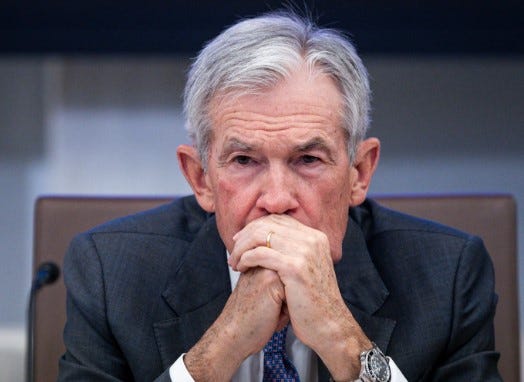No Way Out

Back in the distant past of 2010, Ben Bernanke sat before Congress and lied his ass off assured everyone that quantitative easing was “temporary” and would be “reversed” once the emergency had passed.
It was supposed to be a short-lived anomaly, a controlled detour from monetary orthodoxy. The balance sheet would shrink, markets would normalize, and the Fed would quietly step back into the shadows.
Here we are fourteen years later. The detour has become the highway.
Keeping with the adage of “there’s nothing more permanent than a temporary government program”, this week, the Federal Reserve effectively threw in the towel on quantitative tightening, announcing that the steady runoff of its asset portfolio will halt.
Balance sheet reduction has ended—not with a bang, but with a nervous clearing of the throat. The same central bank that insisted it could unwind trillions in emergency asset purchases now quietly concedes that those assets are not going anywhere.
“Temporary” has matured into a permanent fixture of the Federal Reserve System, as I knew would happen 7 years ago ago when I wrote an article called “The Fed Is Gutless And By The Time We Realize, It’ll Be Too Late”.

The largest obstacle is the Fed’s own balance sheet. The central bank bought trillions of dollars in mortgage-backed securities at ultra-low yields, driving mortgage rates to levels that helped inflate an enormous housing bubble. These securities now sit underwater. The Fed earns roughly 2 percent on them while paying close to 5 percent to fund them.
It is losing money every single day by holding assets it cannot afford to sell.

“F*ck.” – Jerome Powell (probably)
And it truly cannot sell them. The Fed owns nearly a quarter of the entire agency mortgage-backed securities market. If it attempted to liquidate those holdings, mortgage markets would seize up almost immediately. Rates would spike, home prices would dive, and taxpayers would take the mother of all loss realizations—hundreds of billions of dollars that the Fed has kept conveniently tucked under the “unrealized” label. The balance sheet would implode on impact, and Congress—normally uninterested in the arcana of central bank accounting—would suddenly become very interested.
That political risk alone guarantees inaction. No Fed Chair wants their legacy to be “person who accidentally sparked a housing and banking crisis by admitting that the balance sheet was a financial sinkhole.” Safer, apparently, to let the problem slowly bleed out and hope the public doesn’t notice.
Ending QT is the clearest admission yet that the Fed has no realistic path back to pre-crisis monetary conditions. The balance sheet grew from just over $4 trillion to nearly $9 trillion during the Covid era, and rather than meaningfully reduce that footprint, policymakers are now floating the possibility that asset purchases could resume in the not-too-distant future. In other words, quantitative tightening may already be over for good. The new normal is the old emergency policy, relabeled as stability.
🔥 50% OFF FOR LIFE: Using this coupon entitles you to 50% off an annual subscription to Fringe Finance for life: Get 50% off forever
The Fed is trapped between inflation and insolvency. Raise rates further, and its portfolio losses deepen while financial markets buckle. Cut rates aggressively, and inflation revives before the public has forgotten the last round. The system has become dependent on cheap liquidity, and withdrawing that support risks revealing how fragile the structure beneath it truly is.
The uncomfortable truth is that the Fed did not merely intervene in markets. It became the market. And once a central bank makes itself the indispensable buyer of last resort for an entire asset class, there is no clean exit. There is only the slow realization that the temporary measures were permanent commitments all along.
It would be easier to respect the institution if it simply admitted the obvious: this is not policy mastery but policy entrapment. The Fed insists it has tools to deal with whatever comes next. Perhaps. But none of them are painless, and none of them restore the credibility lost over a decade of insisting the opposite of what has now occurred.
Speaking only for myself, and not as advice, I continue to prefer assets that do not depend on the Fed’s expertise or honesty for their value. Gold and silver come to mind. Again, that is my personal opinion—not a recommendation. But when the central bank’s balance sheet looks more like a leveraged hedge fund’s, and the people running it appear shocked to discover that duration risk exists, it seems prudent to hold something with no counterparty.
Bernanke’s promise of “temporary” quantitative easing deserves to be etched into history as a monument to wishful thinking, if not outright deception. There is no going back.
The Fed is stuck with the choices it made, and the rest of us are stuck with the consequences. And that’s the number one thing I think of when preparing my investing outlook going forward.
